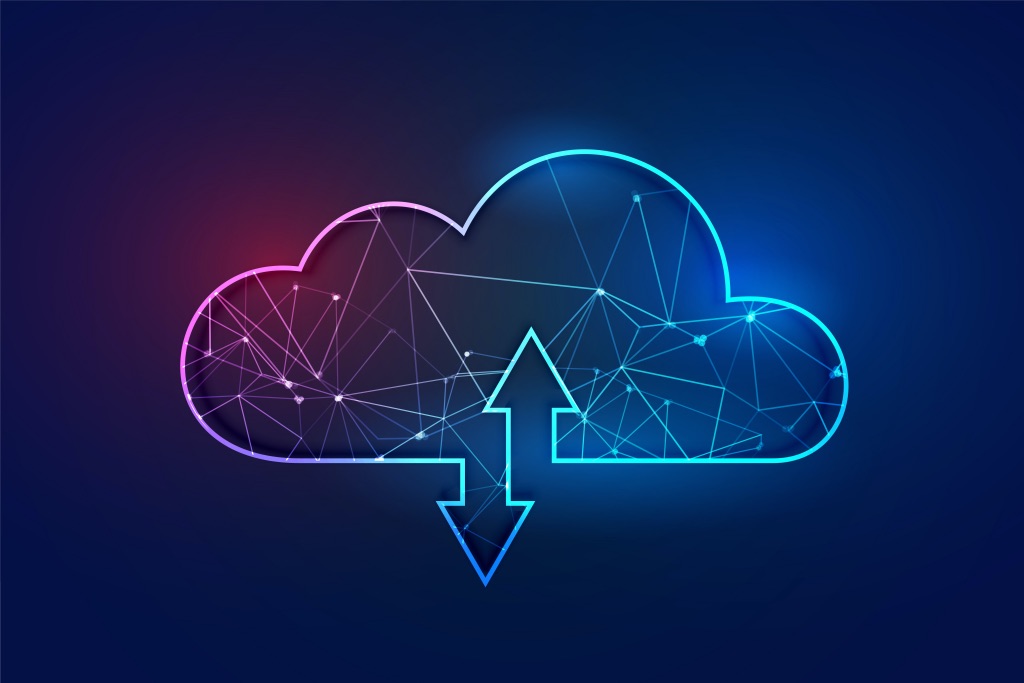Disclaimer: The views expressed in this post are personal.
Spinning up virtual instances or virtual machines has become child’s play. The task is accomplished in a few clicks and your instances will be up and running in minutes. I discovered this first-hand at the HPE Discover More 2022 event in Mumbai. With all that power in your cloud architect’s hands, are they provisioning right? For instance, have they chosen the right “desired capacity” and “maximum capacity”? Are they making the right decisions on cloud models and instance types, as per your business requirements? Are your costs going out of control due to bad choices and lack of visibility?
Before I elaborate, let me tell you about my experience at the HPE event.
Read all our datacenter and cloud coverage here.
HPE tells me only three journalists from India (including myself) were invited for an exclusive tour and hands-on experience with virtual machines and cloud platforms. The tour lasted an hour and we engaged with HPE specialists.
A representative from HPE guided me through the steps for spinning up a virtual instance. I had to wait for seven minutes for the resource to be provisioned. It took longer than expected because I choose a big fat 50TB capacity for storage. It could have something to do with the limited connectivity in the hotel lobby too.
An HPE representative guided me through the steps and with a few clicks on drop lists and buttons, we were done.
Anyway, I figured even a teenager could do this, with some familiarity with the terminology. I lingered at the step where I had to choose an Environment (still wondering what that is, but will figure it out soon).
Coincidentally, I moderated a panel discussion for ISMG a few days before that with four industry practitioners discussing cloud with me on stage. The panel was titled: The Future of Tech Org: Is Cloud Taking the CenterStage? I’ll be producing a report on this panel for our CIO Inc. website soon.
While preparing for this panel I read my notes from the Amazon Cloud Practitioners course. Combining thoughts from all three sources (the HPE event, the panel, and Amazon) I have arrived at some core conclusions for this post:
Cloud stewardship: Enterprises need a Cloud DJ dedicated to the job of monitoring what is being provisioned and for how long. Of course, Cloud DJ isn’t the appropriate term to use in the Enterprise. How about Chief Cloud Officer? The CIO has a broader and overarching role to play, so a CCO would be his eyes and ears on the cloud.
As an analogy, a music DJ makes split-second decisions about the next track to cue, and the cue points. She monitors two audio channels simultaneously to synchronize the tracks for that perfect crossover/blend. She has to observe the waveforms of both tracks to match beats and also adjust the BPM of the cued track or look for a track with a matching BPM.
Choice/decision: Are your current Cloud DJs making the right choices for the business? I’m going to take AWS/Amazon as an example here (because of my familiarity with this platform), but I am sure Microsoft Azure, Google Cloud, IBM Cloud, Oracle, Alibaba and other hyperscalers offer equivalents.
- Cloud model: On-prem, public or hybrid? Have you chosen the right cloud model for your business applications and workloads? What works best on-premise need not necessarily work well on the public cloud.
- Capacity: Have you chosen the right instance families? Amazon offers a choice of instance families for differing workloads: General Purpose, Compute Optimized, Accelerated Computing, and Storage Optimized.
- Purchase Options: Yes, they keep telling us that the cloud allows you to “pay for only what you consume.” But are you consuming right? Have you chosen the right plan? Amazon EC2 purchase options include On-demand, EC2 Savings Plan, Reserved Instances, and Spot Instances.
- Protecting assets: Beyond technical reasons and costs, the discussion also involves security, data privacy, and compliance.
- Data residency: Where is your data actually going to reside on the cloud? In availability zone and region? Will that be in your country or in a region near a war zone or an earthquake-prone zone? Certain industries within India insist that a copy of all transactional data remain on servers located on Indian soil. Other regions like the UAE have similar laws. So, this should be viewed both, from compliance and business continuity perspectives.
- Business decision: Lastly, but most importantly, it is a business decision first and then a technology choice. As I learned from the ISMG panel, there is no cookie-cutter or templated approach to these decisions. One needs to think (and speak) about business growth, revenue, services, transformational customer experiences and innovation first. Tech is the easier part!
The writer is studying Cloud Computing and Cybersecurity concepts and pursuing certifications. And oh, he used to be a DJ many moons ago!









